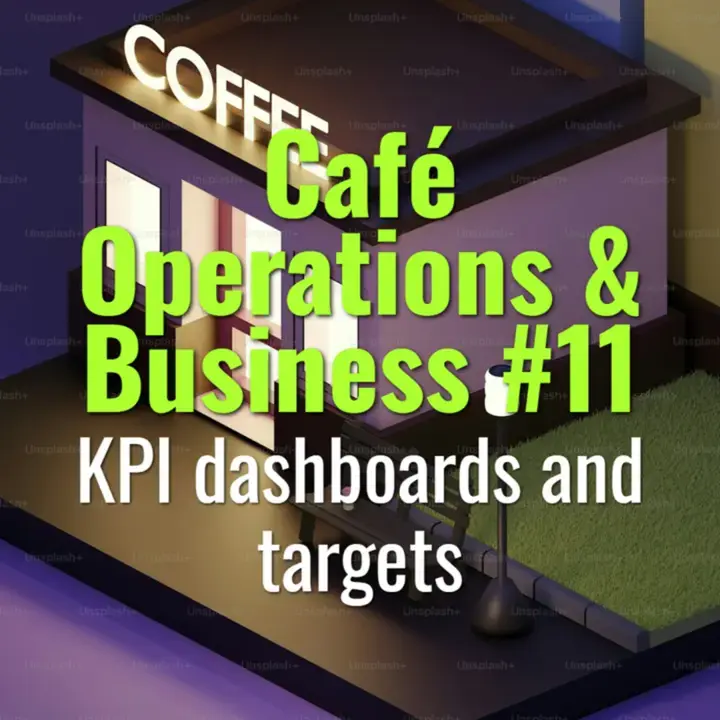KPI dashboards and targets
How cafés use Key Performance Indicators (KPIs), dashboards, and target setting to monitor performance, improve decision-making, and achieve business goals.
- Coffee Basics Nerds
- 1 min read
Article 11 of 12 in Café Operations & Business/

Why KPIs Matter
- Provide measurable insights into café performance.
- Help identify strengths, weaknesses, and trends.
- Allow managers to make data-driven decisions.
Common Café KPIs
- Financial KPIs
- Sales revenue (daily, weekly, monthly).
- Cost of Goods Sold (COGS %) and Gross Profit Margin.
- Labor cost % vs sales.
- Operational KPIs
- Average transaction value.
- Speed of service (order-to-serve time).
- Waste levels (milk, pastries, brewing mistakes).
- Customer KPIs
- Repeat customer rate/loyalty program usage.
- Net Promoter Score (NPS) or review ratings.
- Customer complaints vs compliments ratio.
- Staff KPIs
- Training completion rates.
- Staff turnover rate.
- Shift productivity metrics.
KPI Dashboards
- Digital Dashboards: POS-integrated platforms that track real-time sales, labor, and inventory.
- Visual Tools: Charts, graphs, traffic-light coding for quick interpretation.
- Custom Views: Owners, managers, and baristas may each see tailored dashboards.
Target Setting
- Targets should be SMART: Specific, Measurable, Achievable, Relevant, Time-bound.
- Example: Reduce milk waste by 15% in 3 months.
- Benchmarks often based on industry standards (e.g., COGS < 30%, labor 30–35%).
Benefits of KPI Systems
- Aligns staff around clear goals.
- Increases accountability and transparency.
- Helps forecast demand and optimize scheduling.
- Improves profitability and customer experience.
Summary
KPI dashboards turn raw café data into actionable insights. By tracking financial, operational, customer, and staff metrics—and setting SMART targets—cafés can continuously improve performance, efficiency, and sustainability.